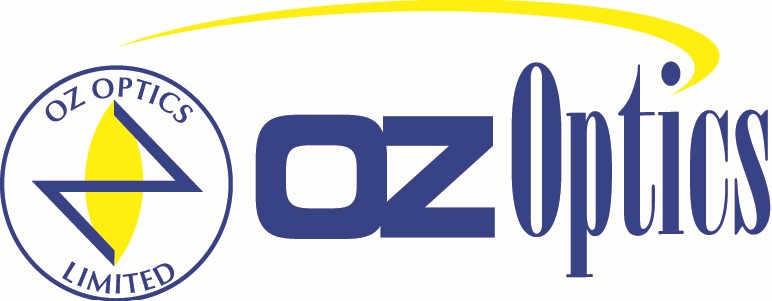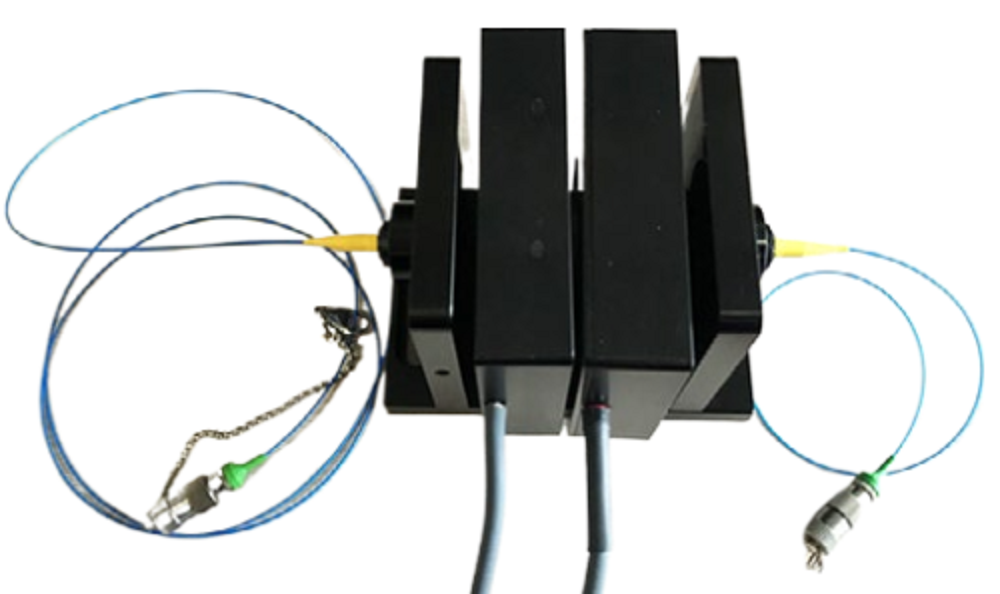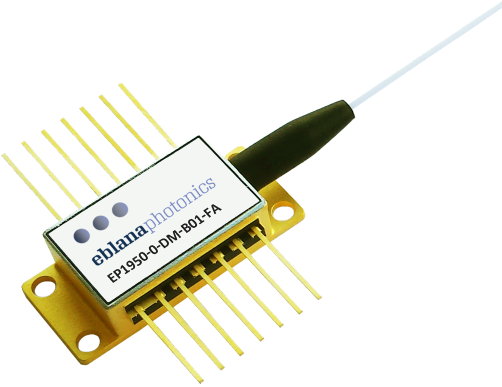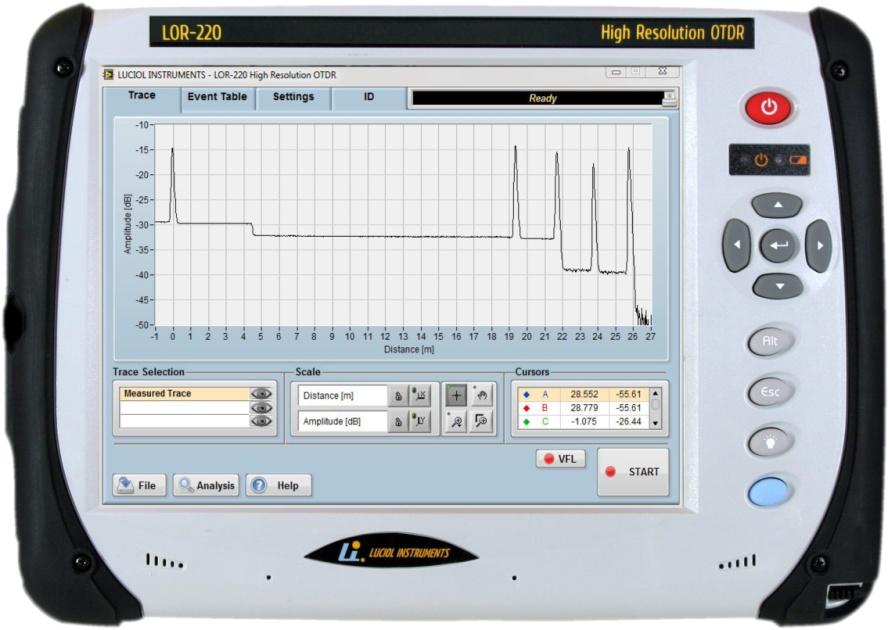Product information "MFPR Precision Motorized Polarization Rotation Stages"
Travel 360°; Bidirectional Repeatability 0.05°; Homing Repeatability 0.1°; Bidirectional Accuracy 0.4°; Typ. Encoder Resolution 143,360 counts/360°; Min. Incremental Motion 0.05°; Max. Total Load 50 g
OZ Optics’ MFPR series of handy and cost-effective motorized rotators enable precise control of the polarization states of a single optical stage or multi-stage system with multiple optical paths. These rotators can be controlled and synchronized to perform precise rotations sequentially or in parallel using a single compact control unit. The control unit is incorporated along with a processor and touch screen in a palm-sized enclosure to control multiple motors via an intuitive graphical user interface (GUI). Plug-and-play features are realized and enabled via a customizable GUI regardless of the system complexity for demanding applications.
The input and output ports of a given stage can be fiber-connector receptacles, pinholes for free-space applications, or pigtailed with single mode, polarization maintaining or multimode fibers. The light beam is then directed through one or more rotators, where the polarization state (the electric field of the propagating wave) is manipulated via rotating waveplates, polarizer plates, polarizer prisms or polarization beam splitters with sub-degree resolution.
High-power optics, connectorized fibers for wide ranges of operating wavelengths are available. The software and the associated GUI can be modified upon request.
Key Features:
- Precision Rotation of Half Wave Plates, Quarter Wave Plates, and Polarizers to Manipulate Polarization
- Built-in Encoder for Closed-Loop Operation
- Compact, Handheld Plug-and-Play Device
- Control: Touchscreen (Manual) or With a Computer via USB Port
- User-friendly Software With an Intuitive GUI
- Can be Pigtailed With Single Mode (SM), Polarization Maintaining (PM), or Multi Mode (MM) Fibers
- Customizable Software and GUI Upon Request
- Interchangeable Optics, Holders and Receptacles
- Travel: 360° Continuous
- Bidirectional Repeatability: 0.05°
- Homing Repeatability: 0.1°
- Bidirectional Accuracy: 0.4°
- Backlash: 0.013°
- Encoder Resolution: 143,360 counts/360° Typ. (0.0025°/Count)
- Minimum Incremental Motion: 0.05°
- Axis Wobble: 0.014°
- Max. Total Load: 50 g
- Min. Lifetime: >600,000 Revolutions (100 km)
- Motor Type: Resonant Piezo
- DC Voltage Input: 4.5 V to 5.5 V
- Typ. Current Consumption: 800 mA, Typ. Standby Current Consumption 50 mA
- Communications Bus: TTL, RS232
- Operating Temperature Range: +15°C to +40°C
- Mounting Thread: ¼-20 UNC-2B TAP
- Dimensions: 7.4 x 8.8 x 2.3 cm
- Weight: 230 g
Applications: Automation of Multi-Polarization State Analysis; Quantum State Tomography; Polarization Calibration; Polarization State Analyzer; Polarized Fiber Optic Source; Polarization Extinction Ratio (PER) Controller; PM Fiber Axes Conversion; Optical Interferometric Systems; Laser to Fiber Coupling and Coherent Detection




